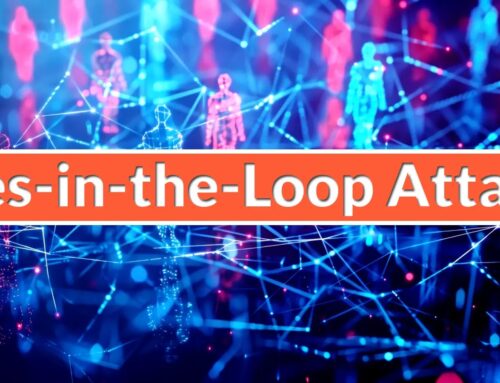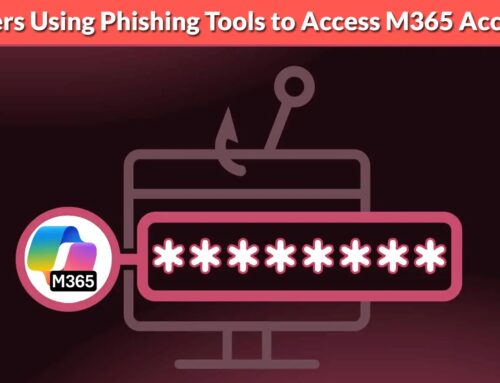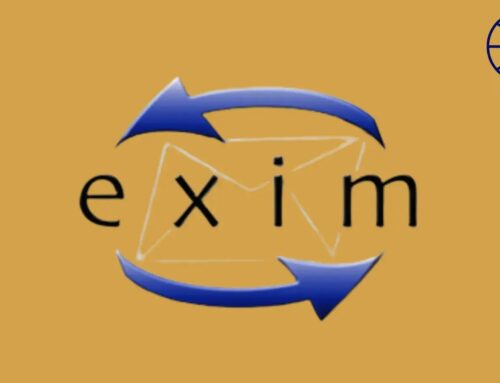
Muddled Libra Actors Attacking Organizations Call Centers for Initial Infiltration
The cybersecurity landscape continually evolves, but few shifts are as dramatic, or as concerning, as threat actors abandoning established methodologies for novel, high-impact approaches. In 2025, the notorious Muddled Libra group made precisely such a pivot, moving beyond traditional phishing campaigns to weaponize a far more insidious vector: direct voice-based social engineering against organizational call centers and help desks. This change represents a significant new challenge for organizations, demanding immediate attention to safeguard against initial infiltration.
Muddled Libra’s Tactical Shift: From Phishing to Voice Social Engineering
The Muddled Libra threat group, comprised of primarily young, English-speaking cybercriminals based in Western regions, has historically been recognized for their proficiency in broad-brush phishing campaigns. However, recent intelligence indicates a strategic re-evaluation and a subsequent aggressive shift in their attack modus operandi. They have abandoned the less efficient, high-volume nature of email-based attacks in favor of targeted, sophisticated voice-based social engineering.
This pivot is not merely a change of tools; it represents a fundamental rethinking of their initial access strategy. By directly targeting call centers and help desks, Muddled Libra exploits human trust and procedural vulnerabilities inherent in customer service and technical support operations. Their objective is to bypass automated defenses and directly manipulate personnel into providing privileged access or sensitive information. This operational transformation allows for unprecedented speed in gaining initial footholds within target organizations.
The Anatomy of a Muddled Libra Call Center Attack
Muddled Libra’s voice social engineering attacks are characterized by their precision and the psychological tactics employed. Unlike generic phishing, these are highly tailored campaigns:
- Target Reconnaissance: Before a call, Muddled Libra actors conduct extensive reconnaissance to gather information about the target organization’s structure, common employee roles, software used, and internal procedures.
- Impersonation: Attackers often impersonate legitimate employees, IT support staff, or even high-level executives to lend credibility to their requests.
- Elicitation Techniques: They utilize various elicitation techniques, such as urgency, veiled threats of consequences (e.g., “account lockout”), or feigned technical issues, to pressure call center agents into divulging credentials, resetting passwords, or granting remote access.
- Exploitation of Trust: Call center environments are built on trust and a desire to resolve customer issues. Muddled Libra exploits this by leveraging the agents’ training to be helpful and provide solutions.
- Rapid Escalation: Once initial access is gained, these actors are known for rapidly escalating privileges and moving laterally within the network.
Understanding the Threat: Why Call Centers Are High-Value Targets
Call centers and help desks are inherently vulnerable due to several factors:
- Access to Sensitive Systems: Agents frequently have legitimate access to a wide array of internal systems, including customer databases, billing systems, and even core IT infrastructure tools for password resets or account management.
- Information Flow: The primary function of a call center is to exchange information and solve problems, which can inadvertently create opportunities for malicious actors to extract data.
- Human Element as the Weakest Link: While technology safeguards are critical, the human element remains the most susceptible to manipulation through social engineering. Agents are trained to assist, making them prime targets for cunning deception.
- High Volume of Interactions: The sheer volume of calls handled by a typical call center means that agents are under pressure to process requests quickly, potentially leading to hurried decisions or oversight.
Remediation Actions: Fortifying Your Call Centers and Help Desks
Addressing the Muddled Libra threat requires a multi-faceted approach focusing on people, processes, and technology.
- Enhanced Social Engineering Training: Regularly train call center and help desk staff on recognizing and responding to sophisticated social engineering attempts. Emphasize verification protocols, impersonation tactics, and red flags. This training should go beyond basic awareness to include practical scenarios and role-playing.
- Multi-Factor Authentication (MFA) Enforcement: Implement and enforce strong MFA for all internal systems, especially those accessed by call center agents for password resets or account modifications. Even if credentials are compromised, MFA adds a critical layer of defense. For details on MFA best practices, refer to industry standards.
- Strict Identity Verification Protocols: Establish and rigorously enforce robust identity verification procedures for all inbound requests, particularly those involving sensitive actions like password resets, account changes, or remote access grants. This includes asking probing questions only the legitimate user would know, or using out-of-band verification methods (e.g., calling back a registered number).
- Principle of Least Privilege: Ensure call center agents only have the minimum necessary access to systems and data required for their job functions. Regularly review and revoke unnecessary privileges.
- Dedicated De-escalation & Verification Teams: For suspicious or high-risk requests, train agents to transfer calls to a dedicated security or verification team equipped to handle potential social engineering attempts.
- Monitoring and Anomaly Detection: Deploy security information and event management (SIEM) solutions to monitor activity on systems accessed by call center personnel. Look for unusual access patterns, multiple failed login attempts, or suspicious system changes.
- Incident Response Playbooks: Develop and regularly test incident response playbooks specifically for social engineering attacks, outlining steps for containment, eradication, and recovery.
Tools for Strengthening Call Center Security
While Muddled Libra targets human vulnerabilities, technology plays a crucial role in bolstering defenses. No specific CVE applies to social engineering itself, as it exploits human factors rather than software flaws. However, mitigation tools are essential.
| Tool Name | Purpose | Link |
|---|---|---|
| Security Awareness Training Platforms | Educate employees on social engineering tactics and secure practices. | Varied (e.g., KnowBe4, PhishMe) |
| Multi-Factor Authentication (MFA) Solutions | Add layers of identity verification beyond passwords. | Varied (e.g., Okta, Duo Security, Microsoft Authenticator) |
| Identity and Access Management (IAM) Systems | Manage user identities, authentication, and authorization policies. | Varied (e.g., Okta, Microsoft Azure AD, SailPoint) |
| Security Information and Event Management (SIEM) | Collect, analyze, and manage security logs and events. | Varied (e.g., Splunk, IBM QRadar, Microsoft Sentinel) |
| Call Recording & Analytics Software | Monitor calls for unusual activity, keyword detection, or policy violations. | Varied (e.g., Nice, Verint) |
Conclusion: Adapting to the Evolving Threat Landscape
The Muddled Libra group’s shift to targeted voice social engineering against call centers represents a significant evolution in cyberattack methodology. It underscores that even with robust technical safeguards, the human element remains a critical vector for initial infiltration. Organizations must recognize the elevated risk to their customer-facing and internal support teams. By investing in comprehensive security awareness training, implementing stringent identity verification protocols, enforcing strong multi-factor authentication, and continuously monitoring for anomalies, businesses can significantly enhance their resilience against these sophisticated, human-centric attacks. Proactive defense and a culture of security vigilance are paramount in navigating this increasingly complex threat landscape.





